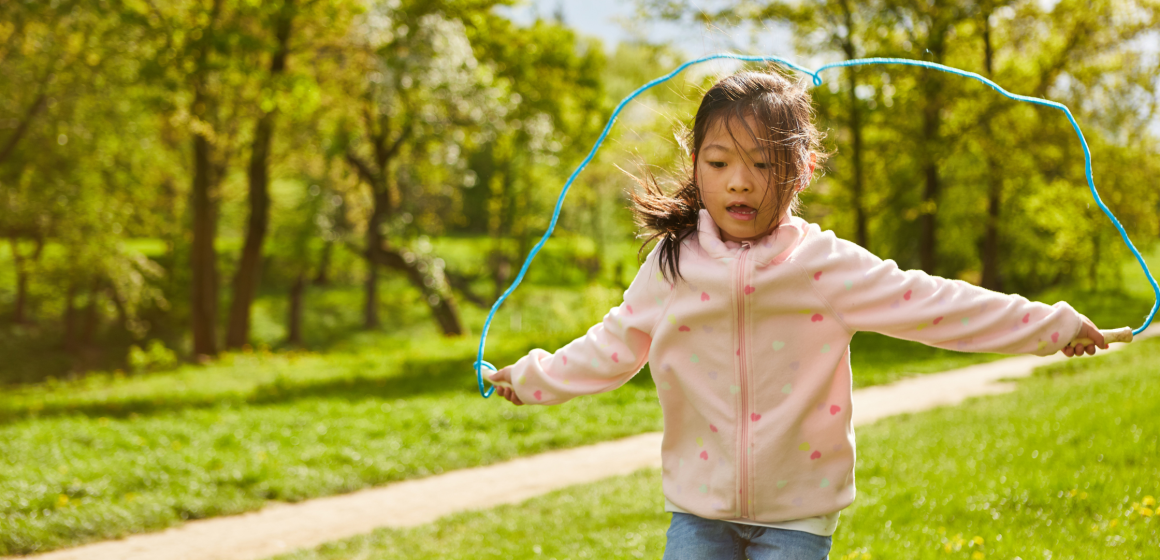Traveling with Kids: Health Tips for Summer Vacations
Summer vacations are a wonderful opportunity for families to create lasting memories. Whether you’re planning a road trip, flying to a distant destination, or visiting local attractions around Buffalo, NY, traveling with kids requires some extra preparation to ensure their health and safety. Here are some essential health tips for traveling with children to help you enjoy a worry-free summer vacation.
Preparing for the Trip
Consult Your Pediatrician: Before you embark on your journey, schedule a check-up with your child’s pediatrician. Discuss your travel plans and ensure that your child is up-to-date on vaccinations. Ask for advice on managing any chronic conditions or medications your child may need.
Pack a First-Aid Kit: A well-stocked first-aid kit is a travel essential. Include items such as:
- Band-aids, gauze, and antiseptic wipes
- Pain relievers and fever reducers (e.g., acetaminophen or ibuprofen)
- Prescription medications in their original containers
- Motion sickness medication (if needed)
- Sunscreen with high SPF and insect repellent
- Thermometer and tweezers
Prepare Snacks and Hydration: Pack healthy snacks and plenty of water to keep your children hydrated and nourished during the trip. Opt for easy-to-eat, non-perishable snacks such as fruit, granola bars, and nuts.
Plan for Comfort and Entertainment: Long journeys can be challenging for kids. Bring items to keep them comfortable and entertained, such as:
- Favorite toys, books, and games
- Blankets and pillows
- Electronic devices with headphones for movies and games (don’t forget chargers)
During the Journey
Maintain Hygiene: Traveling can expose your family to new germs. Encourage good hygiene practices by:
- Carrying hand sanitizer and disinfecting wipes
- Frequently washing hands, especially before eating
- Wiping down surfaces such as airplane trays, car seats, and hotel room items
Practice Sun Safety: If you’re spending time outdoors, protect your children from harmful UV rays by:
- Applying sunscreen every two hours and after swimming
- Dressing them in lightweight, long-sleeved clothing and wide-brimmed hats
- Encouraging them to wear sunglasses with UV protection
Keep Kids Active: Sitting for long periods can be tough on children. Plan for regular breaks to let them stretch and move around:
- On road trips, stop at rest areas to let your kids run and play
- On flights, encourage them to walk up and down the aisle when it’s safe to do so
Monitor Hydration and Nutrition: Ensure your children drink enough water and eat balanced meals. Dehydration and poor nutrition can lead to fatigue and irritability.
At Your Destination
Stay Safe in the Water: If your vacation involves swimming, prioritize water safety:
- Always supervise your children when they are near water
- Ensure they wear life jackets when boating or participating in water sports
- Teach them basic water safety rules and swimming skills
Avoid Overexposure to the Sun: Plan outdoor activities for early morning or late afternoon when the sun’s rays are less intense. Ensure your children take breaks in the shade and drink plenty of water.
Be Mindful of Food Safety: When trying new foods, especially in foreign countries, be cautious about food safety:
- Avoid street food and unpasteurized dairy products
- Drink bottled or purified water, especially if local tap water is not safe
- Wash fruits and vegetables thoroughly
Address Altitude and Motion Sickness: If traveling to high altitudes or on winding roads, be prepared to manage altitude sickness or motion sickness:
- Give children plenty of time to acclimate to higher altitudes
- Use motion sickness bands or medication if your child is prone to motion sickness
- Special Considerations for International Travel
Research Health Risks: Different destinations may have unique health risks. Research potential health concerns and necessary precautions for your specific location.
Carry Travel Insurance: Travel insurance can provide peace of mind by covering unexpected medical expenses. Ensure your policy includes coverage for your children.
Keep Important Documents Handy: Carry copies of important documents, including passports, vaccination records, and insurance information.
Conclusion
Traveling with kids requires thoughtful planning and preparation, but it can be a rewarding experience for the whole family. By following these health tips, you can help ensure your children stay safe, healthy, and happy throughout your summer vacation. Remember, the key to a successful trip is balancing fun and relaxation with health and safety precautions.


















